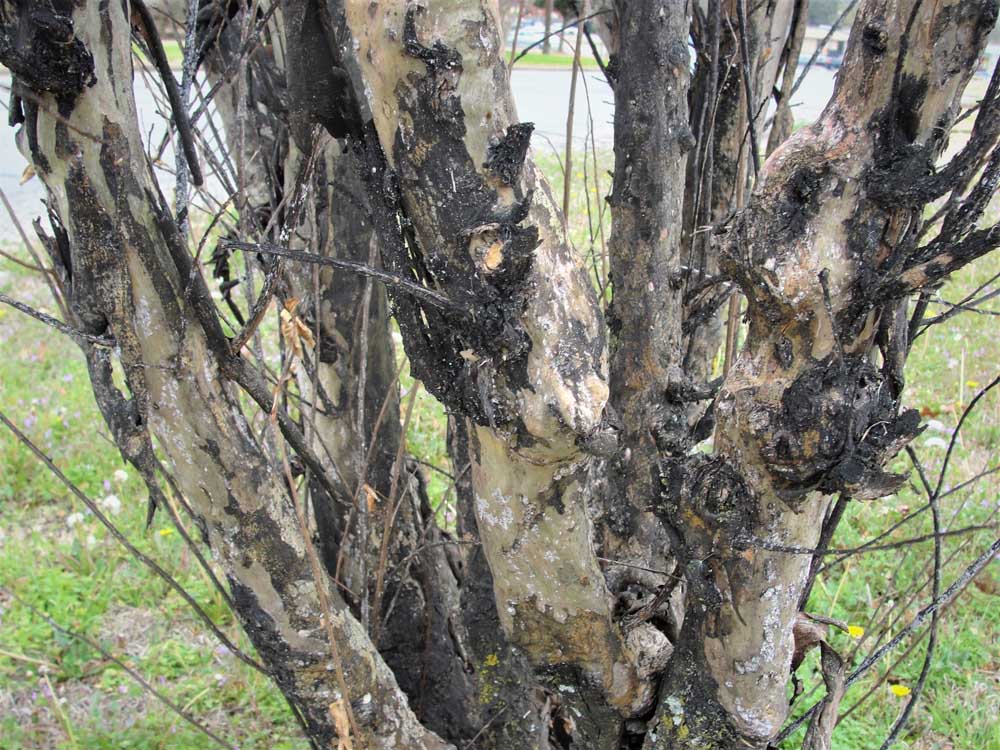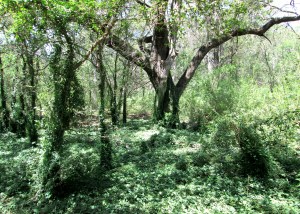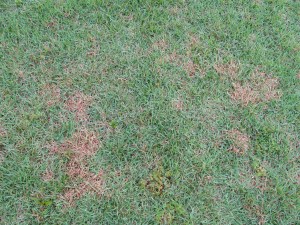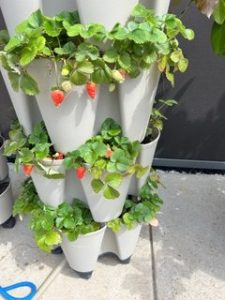Crapemyrtle bark scale can make trees unsightly
Published 1:27 pm Wednesday, March 23, 2022

- Crapemyrtle bark scale continues to be an unsightly problem in East Texas.
The blackish trunks on the crapemyrtles around town are caused by an insect known as crapemyrtle bark scale. It doesn’t kill the trees, but it does make them unsightly and less vigorous. This scale is causing concern because it infects most crapemyrtles in East Texas, our most common small ornamental tree. In its native range in Asia, this scale feeds on crapemyrtles and pomegranates. It causes extensive honeydew (sugary insect poop) deposits and the growth of black sooty mold. The unsightly black sooty mold fungus isn’t the problem. The insects on the trunks and branches are.
Crapemyrtle bark scale is easy to identify. Adult females are small whitish encrustations that stick to crapemyrtle trunks and twigs. When crushed, the scales exude a pink liquid. Look closely and you may see dozens of pink eggs or crawlers. Most gardeners are first alerted to crapemyrtle bark scale by the presence of black sooty mold on the bark. In many areas, sooty mold may be mistaken for that of the crapemyrtle aphid. However, the presence of the white scales on the bark and twigs, and the pink blood exuded when crushed, distinguishes this scale from aphids which feed on foliage and are only present during the growing season.
Trending
Entomologists say if your plants are heavily infested, first wash the reachable trunks with a soft brush and mild solution of dishwashing soap and water. I’ve never taken the time to do this, however I have used a spray nozzle on a hose. This will remove many of the scales and egg masses, making insecticide control more effective. Washing will also remove much of the black mold that builds up on the bark of infested trees. Horticultural oil has not been shown to be very effective against this insect however I personally had some luck with repeated applications of Medina orange oil on a limited number of trees. Systemic insecticides have shown the most promise in tests to date. The most commonly available systemic insecticides contain the active ingredient Imidacloprid and should be applied when the trees first begin to leaf out, according to exact label instructions. Although different brands will have different names, the active ingredient will always be listed on the label. Imidacloprid products (such as Bayer Complete Insect Killer) are available in both liquid (spray or drench) and granular (soil applied) forms. Remember that it takes several weeks for soil applied systemic insecticide to become active in the plant. Products containing Dinotefuran (Safari) have also proved effective. It is very important to apply these products early in the season when the new leaves are emerging and before flower buds form so as not to affect pollinators.
The crawlers can be treated by spraying with a product containing the active ingredient Bifenthrin. Ortho Bug B Gone is an example. It too, should only be used before bloom in the spring or after bloom in the fall.
Unfortunately, crapemyrtle bark scale is apparently going to be like fire ants and feral hogs, something we must live with and deal with every year. Luckily, native twice-stabbed lady beetles help control it, so encourage them if you can. To read the Mississippi State University publication on crapemyrtle bark scale visit: http://extension.msstate.edu/publications/crape-myrtle-bark-scale-identification-and-control-0.







